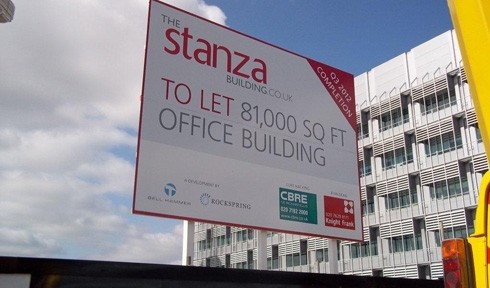The BCA claim that members have been forced to abandon virtually all new developments outside London since April, because the lowering of the empty property rate threshold from £18,000 to £2,600 has made almost all schemes outside the capital unviable.
Developments are on hold across England and Wales because operators cannot afford to pay empty property rates on space that generates zero income. New business centres typically need a minimum of 18 months before achieving optimum occupancy.
Business centres play a crucial role in nurturing and engaging with entrepreneurs, industry start-ups and SMEs that need to rent flexible professional business space on easy terms in order to survive. The sector accommodates more than 40,000 start-up companies at any time.
If the current situation continues, the BCA is warning that there could be a critical shortage of usable business space as the economy starts to recover. This could lead to sharp rent rises, causing further damage to the fragile economy.
The BCA has launched a petition to have EPR debated in Parliament and is urging small businesses and everyone in the property sector to sign it.
Harry Platt, chief executive of Workspace Group plc and BCA chairman said: “With unemployment at a 17 year-high, there has never been a more critical time for nurturing entrepreneurs and start-ups. We should be giving the small business sector all the help we can to lead the UK out of recession, but EPR has put the brakes on growth and is stifling innovation.
“The coalition Government says that it is keen to encourage enterprise, but the current EPR threshold is inhibiting the creation of small firms. Worryingly, the areas most desperately in need of regeneration will be worst affected by this tax.”
The BCA cite some examples:
A 70,000 square-foot building in Wakefield is currently standing empty, the business centre operator does not have the funds to refurbish and pay empty property rates during the initial letting period.
A large office building in the north-east is in danger of being demolished if a new occupier cannot be found after the current lease expires next year. This is a classic example of a building nearing its end of life, which could have been brought back into use on a 2 to 3 year management contact were it not for the encumbrance of EPR.
A 30,000 sq ft building is currently standing empty in Guildford. The business centre operator has obtained planning permission to redevelop the site for flexible space, but is unable to proceed due to current market conditions and the challenges of EPR. Similar observations can be applied to developments that have been put on hold in Manchester and Salford.


